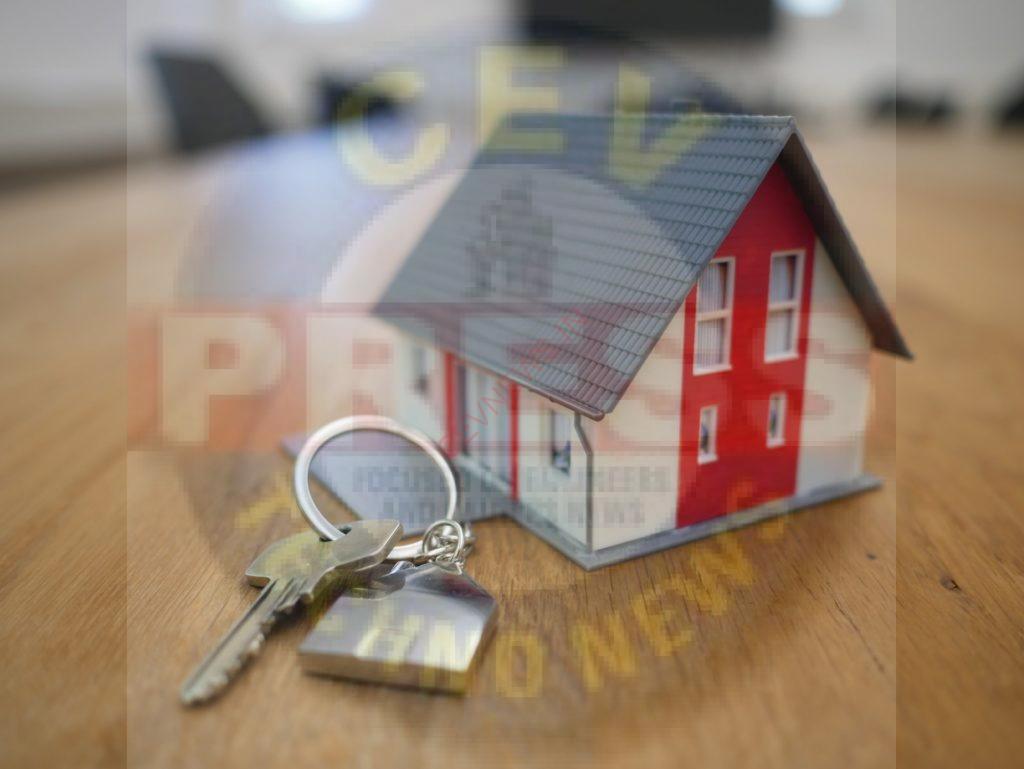REVERSE MORTGAGE- ALL YOU NEED TO KNOW
A reverse mortgage is a loan. A homeowner who is 62 or older and has considerable home equity can borrow against the value of their home and receive funds as a lump sum, fixed monthly payment, or line of credit. Unlike a forward mortgage—the type used to buy a home—a reverse mortgage doesn’t require the homeowner to make any loan payments.
Reverse mortgage is a widely used instrument in the developed world by the orderly to derive cash flows from their owned house. A reverse mortgage is a loan against your home that you do not have to pay back for a long as you live there . With a reverse mortgage, you can turn the value of your home into cash without having to money to move or to repay the loan each month. The cash you get from a reverse mortgage can be paid to you in one of the following different ways:
- All at one or
- In a single lump sum of cash or
- A regular monthly cash advance or
- As a credit line account that lets you decide when and how much of your available cash is paid to you or
- As a combination of these payment methods
No matter how this loan us paid out to you, where as you typically don’t have to pay anything back until you die, sell your home or permanently move out of your home. The proceeds of a reverse mortgage (without other features, like an annuity) are generally tax-free and many reverse mortgages have no income restrictions.
Following are the eligibility of borrowers:
- He/she should be senior citizen of India above 60 years of age.
- Married couples will be eligible as joint borrowers for financial assistance. In such case, at least one of them being above 60 years of age.
- He/she should be the owner of a self-acquired, self –occupied residential property(house or flat) located in India with clear title indicating the prospective borrower’s ownership of the property.
- The residential property should be free from any encumbrances.
- The residual life of the property should be at least 20 years.
The prospective borrowers should use that residential property as permanent primary residence.
Types of Reverse Mortgages
There are three types of reverse mortgages. The most common is the home equity conversion mortgage (HECM). The HECM represents almost all of the reverse mortgages that lenders offer on home values below the conforming loan limit (set annually by the Federal Housing Finance Agency) and is the type that you’re most likely to get, so that’s the type that this article will discuss. Also called a Federal Housing Administration (FHA) reverse mortgage, this type of mortgage is only available through an FHA-approved lender.
If your home is worth more, however, you can look into a jumbo reverse mortgage, also called a proprietary reverse mortgage.
When you take out a reverse mortgage, you can choose to receive the proceeds in one of six ways:
- Lump sum:Get all the proceeds at once when your loan closes. This is the only option that comes with a fixed interest rate. The other five have adjustable interest rates.
- Equal monthly payments (annuity):For as long as at least one borrower lives in the home as a principal residence, the lender will make steady payments to the borrower. This is also known as a tenure plan.
- Term payments: The lender gives the borrower equal monthly payments for a set period of the borrower’s choosing, such as 10 years.
- Line of credit:Money is available for the homeowner to borrow as needed. The homeowner only pays interest on the amounts actually borrowed from the credit line.
- Equal monthly payments plus a line of credit: The lender provides steady monthly payments for as long as at least one borrower occupies the home as a principal residence. If the borrower needs more money at any point, they can access the line of credit.
- Term payments plus a line of credit:The lender gives the borrower equal monthly payments for a set period of the borrower’s choosing, such as 10 years. If the borrower needs more money during or after that term, they can access the line of credit.
It’s also possible to use a reverse mortgage called a “HECM for purchase” to buy a different home than the one in which you currently live.
In any case, you will typically need at least 50% equity—based on your home’s current value, not what you paid for it—to qualify for a reverse mortgage.

